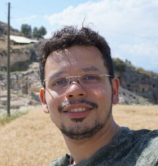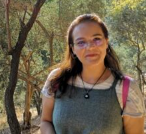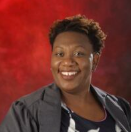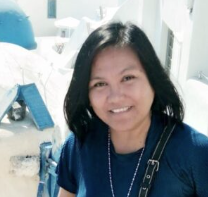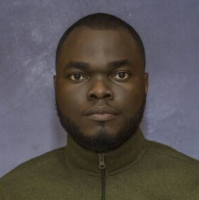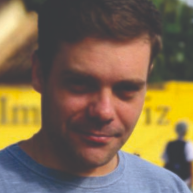The International Science Reserve is pleased to announce that Chike Aguh, former Chief Innovation Officer at the U.S. Department of Labor, has joined ISR’s Advisory Council.
Under the Biden administration, he led efforts to use data, emerging technologies such as AI and quantum computing, and innovative practice to advance and protect American workers. We sat down with him to talk about what he learned from previous crisis response experiences and why it’s not a time for business as usual.
As an advisor to the ISR, you are applying your expertise in data innovation to ensure that scientists worldwide have the resources to prepare for and respond to the next crisis, such as climate-related disasters or the next pandemic. What role do you believe data and innovation can play in crisis response?
Data and innovative technology or practice are critical to crisis responses, respectively. During the fast-moving times of a crisis, data that can tell us what is happening and what has happened previously can be scarce. Who has access to data can be a life-or-death situation: people or governments who have it will weather the storm and those who don’t will be swept away by it. Whether it is mapping what symptoms people are searching on Google to determine what type and where pandemics may spring up, to analysis of large research data sets to mitigate these crises, data helps increase the confidence interval of the interventions that leaders must take to keep us all safe.
Whether practice or technology, innovations are also indispensable during a crisis because the general operating procedures generally do not have the scale or speed required to stay ahead of the crisis. Innovations allow us to operate at “the speed of the fight” as my old boss, US Army General Stan McChrystal used to say.
At ISR, we help researchers connect to emerging technologies and resources for collaboration across borders to address the worst impacts of crises. What are some lessons from your time in the Biden administration that could apply to researchers in ISR’s network?
The lessons I learned were elegant and devastating in their simplicity. One, even the most cutting-edge technologies are not a replacement for strategy. Leaders must do the hard intellectual work of identifying the key problems and questions to be solved in a crisis. Only then can these technologies be applied intelligently and effectively.
Two, sociology will overwhelm technology every time. In the space of collaborative research, we can only achieve the collective brilliance of all involved if we have the goodwill and effective means of working together.
And three, the most important power of these technologies is to help us think outside the parameters of normal practice and try things we would never attempt in normal times. We should not simply use these technologies to do the same old things with incrementally better speed or effectiveness, but rather use them to take quantum leaps in impact.
You once said that for any problem we are solving, “Those problems cannot be solved by any one person, one organization, or one sector alone.” Do you believe that more people are thinking and operating through a lens of collaboration in the aftermath of the COVID-19 crisis? What more could we do to implement this new way of working within crisis response?
I do. Some of the greatest successes of the COVID-19 response, from vaccine development, testing innovation, treatment deployment, to the High-Performance Computing Consortium (HPCC) show what is possible when traditional siloes are sublimated for the sake of helping everyone.
The key question is: how do we make this new collaborative lens not simply a feature of crisis response, but a key part of operating procedure for all of us? My biggest recommendation is to keep the institutions that we have created like the HPCC running. Then, they can be applied not simply when responding to crises but can help prevent crises before they ever start.
ISR pre-positions resources, like high-performance computing, remote sensing, and geospatial models, so that scientists can connect to them quickly across borders to address the worst impacts of a crisis, without a long wait or extensive application. Why should businesses make data innovations more available to researchers worldwide during crisis?
When crisis events like COVID-19 occur, we have seen the impact on the economy and how it hits the bottom line of businesses. It is in a company’s best interest to do anything it can to fight and end these crises as quickly as possible, and that means making data and cutting-edge technology available to the scientists who are working on just that.
Secondly, I also believe that business and business leaders feel a sense of duty to their communities and their countries. This is a tradition that we have forgotten but one can go back to businesses like Bell Labs, who helped develop critical technologies like radars that helped during WWII. We need to remember and keep this tradition alive now. Business and the world will benefit as a result.

